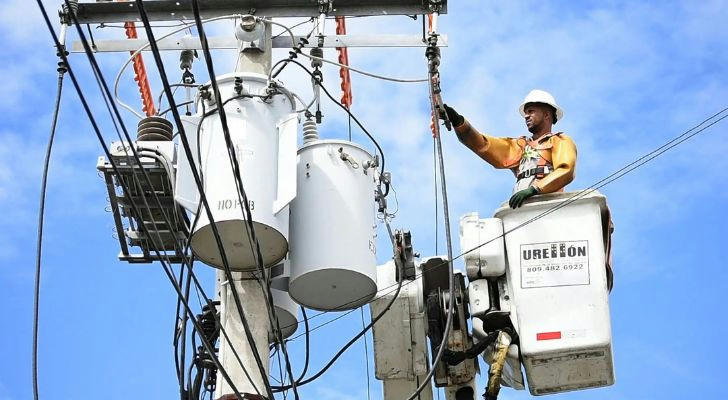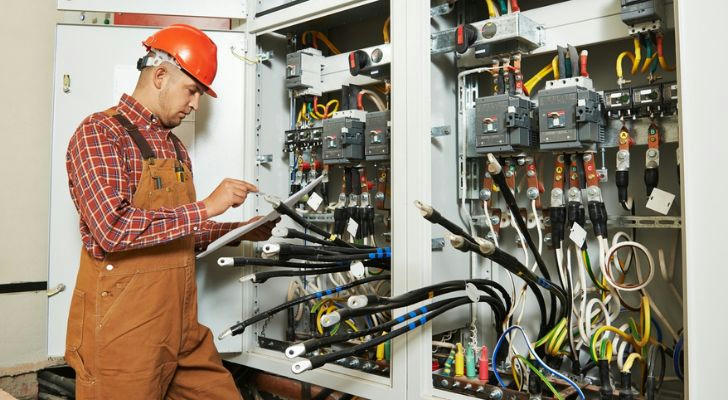How Long Does It Take to Become a Certified Electrician?
Introduction
Becoming a certified electrician is a pathway to a stable and in-demand career in the skilled trades. Electricians play a critical role in constructing, maintaining, and repairing electrical systems that power homes, businesses, and industries. Understanding the time commitment involved in becoming certified is important for anyone considering this profession. This article provides a detailed overview of the steps, timeframes, and factors involved in becoming a certified electrician in the United States.

What Does Being a Certified Electrician Mean?
A certified electrician has met the requirements set by state or local authorities to work independently on electrical systems. Certification often involves completing a combination of education, apprenticeship, and passing a licensing exam. Certification ensures that electricians have the technical knowledge, safety training, and practical experience necessary to perform electrical work in compliance with national and local electrical codes.
Typical Pathway to Certification
The journey to becoming a certified electrician generally includes the following stages:
Education and Pre-Apprenticeship Training
Many electricians start with a high school diploma or equivalent. Courses in mathematics, physics, and basic electrical theory provide a foundation. Some choose to enroll in technical schools or community colleges offering programs in electrical technology. These programs typically last from several months to two years and introduce students to electrical concepts, safety standards, and tools.Apprenticeship Program
Apprenticeships combine on-the-job training with classroom instruction. Apprentices work under the supervision of experienced electricians to learn practical skills and industry standards. These programs typically require 4 to 5 years to complete, including approximately 8,000 hours of work experience and 500 to 1,000 hours of classroom training. Apprenticeships are often sponsored by trade unions, contractors, or industry associations.Journeyman License
After completing an apprenticeship, candidates can apply to take the journeyman electrician exam. Passing this exam certifies that the individual is qualified to work independently and perform a broad range of electrical tasks. Requirements for licensure vary by state but usually include age minimums, documented work hours, and passing written exams covering electrical codes, safety, and practical knowledge.Continuing Education and Specializations
Certified electricians may pursue additional certifications or licenses to specialize in areas such as residential wiring, industrial electrical work, or renewable energy systems. Continuing education is often required to maintain licensure and keep up with evolving technology and code changes.

How Long Does It Usually Take?
The total time to become a certified electrician depends on several factors, including education, apprenticeship availability, and state requirements. Below is a general timeline:
- Pre-apprenticeship education or technical training: 6 months to 2 years
- Apprenticeship program: 4 to 5 years
- Journeyman licensing exam preparation: Varies, often included in apprenticeship training
In most cases, the process from starting education to becoming a licensed journeyman electrician takes between 4 and 7 years.
Variations by State and Certification Type
Each state sets its own licensing requirements, which can affect the overall timeline:
- Some states require longer or shorter apprenticeship periods.
- Additional exams may be needed for specialties or contractor licenses.
- Certain states have reciprocity agreements, allowing electricians licensed elsewhere to transfer credentials.
Researching the specific state requirements is important for accurate planning.
Factors That Influence the Timeframe
- Full-time vs. part-time training: Apprentices working full-time typically complete requirements faster.
- Classroom hours: Some programs offer more intensive classroom instruction, potentially reducing apprenticeship duration.
- Prior experience or education: Individuals with electrical or technical backgrounds may accelerate the process.
- Availability of apprenticeship positions: Competition for apprenticeships can delay entry into training programs.
Salary and Career Outlook
According to the U.S. Bureau of Labor Statistics, the median annual wage for electricians was approximately $60,000 as of 2024. The top 10% earned over $95,000. The demand for electricians is expected to grow by about 7% over the next decade, faster than the average for all occupations. This growth is driven by new construction, maintenance needs, and emerging technologies such as solar power and electric vehicles.
Continuing Education and Lifelong Learning
Electrical codes and technologies evolve, requiring electricians to engage in ongoing education. Staying current with safety standards, new equipment, and energy-efficient technologies is essential for career longevity and advancement. Many states mandate continuing education hours as a condition for license renewal.

Conclusion
Becoming a certified electrician is a multi-year process combining education, hands-on training, and examination. While it typically takes between 4 to 7 years to achieve journeyman status, this investment leads to a career with strong job security, competitive wages, and opportunities for specialization and advancement. Understanding the steps and timeline involved helps prospective electricians plan their pathway and prepare for a profession that plays a vital role in modern infrastructure.
